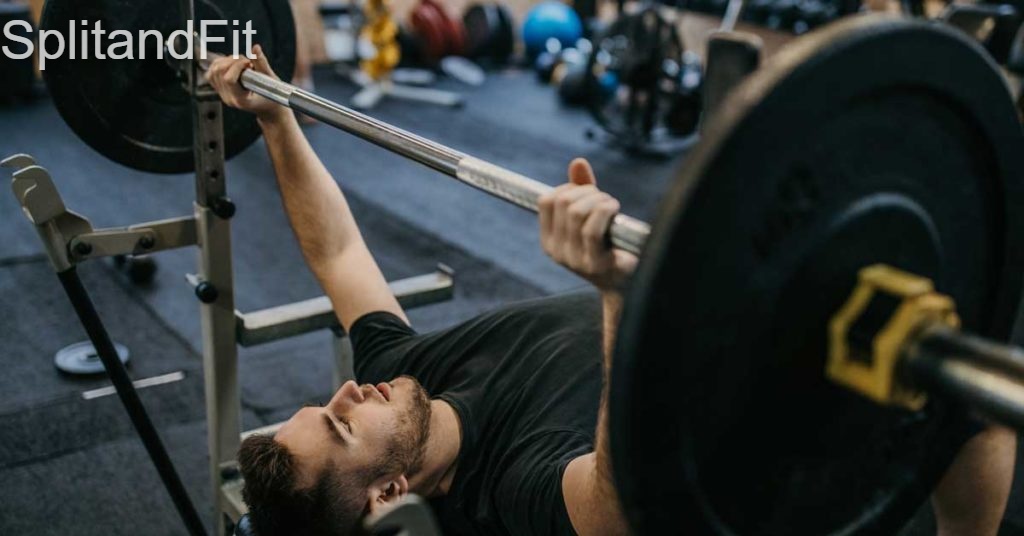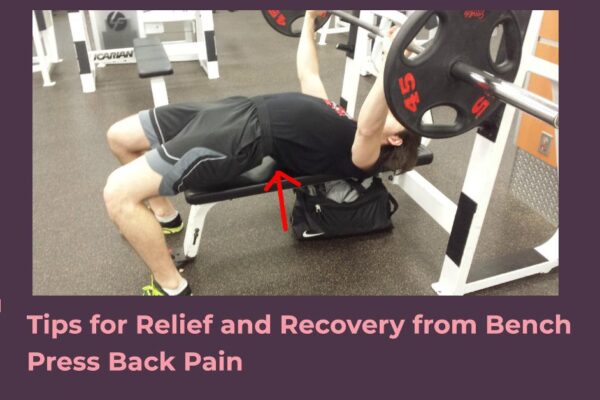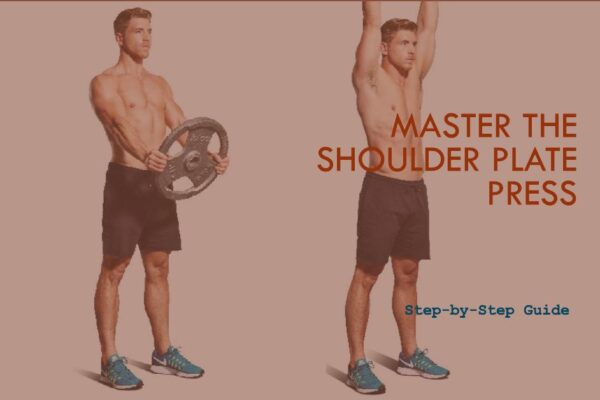Bench press back pain is a common issue encountered by many individuals during their strength training routines. When performing the bench press exercise, the lower back can sometimes experience discomfort or pain, which can be attributed to various factors such as improper form, weak muscles, or lack of flexibility. It’s crucial to address this issue to prevent further injury and discomfort while maximizing the benefits of the bench press exercise.
Bench Press Back Pain: Common Reasons
- Poor Form: Incorrect bench press techniques, such as arching the back excessively or flaring the elbows, can strain the lower back and lead to pain.
- Weak Muscles: Underdeveloped core and stabilizing muscles may fail to support the spine adequately during the bench press, contributing to back discomfort.
- Limited Flexibility: Lack of flexibility in the shoulders, hips, or thoracic spine can force excessive arching of the lower back, resulting in pain during the exercise.
- Overtraining: Engaging in excessive bench pressing without proper recovery can lead to overuse injuries, including lower back pain.
- Inadequate Warm-Up: Skipping a thorough warm-up routine can leave the muscles and joints unprepared for the demands of the bench press, increasing the risk of back pain.
These factors can significantly impact the comfort and safety of the bench press exercise, highlighting the importance of addressing and mitigating them for an effective and pain-free workout experience.

Why Does the Bench Press Cause Back Pain?
The bench press can cause back pain due to several factors, including poor form, weak muscles, limited flexibility, overtraining, and inadequate warm-up. These elements can contribute to strain on the lower back, leading to discomfort and potential injury during the exercise.
Addressing these issues through proper technique, muscle strengthening, flexibility training, recovery strategies, and a thorough warm-up routine is crucial to mitigate the risk of back pain while performing the bench press.
Common Bench Press Execution Issues Causing Back Pain
The common bench press execution issues causing back pain include:
- Caving Shoulders: Allowing the shoulders to collapse or round forward during the bench press can contribute to back discomfort.
- Flexing Neck Muscles: Tensing or flexing the neck muscles excessively during the exercise can lead to strain on the upper back and neck, affecting the overall comfort while bench pressing.
- Setting Feet Too Far Back: Improper foot placement, particularly setting the feet too far back, can disrupt the stability and alignment of the body, potentially leading to lower back discomfort.
- Core Muscles: Insufficient engagement of the core muscles can place undue stress on the lower back during the bench press, contributing to pain and discomfort.
How to Fix Back Pain After the Bench Press: Tips
Here are some tips to fix back pain after the bench press:
- Shoulder Positioning: Ensure that your shoulders are set against the bench properly to provide stability and support for the upper body during the exercise.
- Hip Flexor Flexibility: Improving the soft tissue quality and length of your hip flexors can significantly reduce low-back pain while performing the bench press.
- Core Engagement: Focus on engaging and strengthening your core muscles to provide adequate support for the spine and alleviate undue stress on the lower back.
- Proper Form and Posture: Pay attention to maintaining proper form and posture throughout the movement, avoiding rounding of the back and ensuring a stable and aligned body position.
Implementing these tips can help address and alleviate back pain associated with the bench press, allowing for a more comfortable and effective workout experience.

How to Perform Bench Press?
A. Set up and Equipment Needed:
- Lie down on a flat bench with the barbell set at chest height.
- Ensure proper grip and foot placement for stability.
B. Initial Position:
- Arch your back slightly, retract your shoulder blades, and engage your core muscles.
- Keep your feet firmly planted on the ground.
C. Execution of the Exercise:
- Lower the barbell to your chest while maintaining control and stability.
- Press the barbell back up to the starting position, fully extending your arms.
D. Breathing Tips:
- Inhale as you lower the barbell towards your chest.
- Exhale as you push the barbell back up.
Remember, proper form, breathing techniques, and muscle engagement are crucial for a successful bench press routine.
How To Bench Press Without Lower Back Pain?
Here are some detailed points on how to bench press without experiencing lower back pain:
- Proper Shoulder Blade Retraction:
- Ensure that the spine is not flattened on the bench, which could prevent substantial retraction of the shoulder blades.
- Hip Flexor Flexibility:
- Improving the soft tissue quality and length of your hip flexors can drastically reduce low-back pain during the bench press.
- Foot Positioning:
- Shift your feet forward so they’re flat on the floor under your knees, allowing your lower back to maintain its natural, neutral arch as you lie on the bench.
- Glute Engagement:
- Squeeze your glutes regularly to ensure proper posture and utilize the glutes effectively during the bench press.
- Belly Engagement:
- Focus on engaging the belly muscles to push yourself away from the bar during the bench press, maintaining pressure and stability.
- Avoiding Butt Lifting:
- Refrain from lifting your butt off the bench to press heavy weights, which could contribute to low back pain during the exercise.
- Safe Stretches:
- Practice safe stretches, such as press-ups, to provide relief for back pain and maintain flexibility without exacerbating lower back discomfort.
These points encompass various techniques and adjustments to perform the bench press without experiencing lower back pain.
Frequent Question Answers
| Question | Answer |
|---|---|
| Why does my back hurt after bench press? | The back might hurt after bench press due to insufficient core engagement, lifting excessively heavy weights, overtraining syndrome, or excessive arching of the low back during the exercise. |
| How can I bench press without lower back pain? | To bench press without experiencing lower back pain, ensure proper shoulder blade retraction, improve hip flexor flexibility, adjust foot positioning, engage glutes and belly, avoid butt lifting, and practice safe stretches for relief. |
| Is bench press good for your back? | The Bench press is generally considered a beneficial exercise for building upper body strength, but it’s important to maintain proper form and technique to minimize the risk of back discomfort or injury. |
| Can you pull a back muscle from a bench press? | It’s possible to strain or injure the back muscles during bench press, especially if proper form, muscle engagement, and stability are not maintained throughout the exercise. |
| What muscle is sore after bench press? | Various muscles may experience soreness after bench press, including the pectorals (chest), deltoids (shoulders), triceps (arms), and potentially the back muscles if they were heavily engaged during the exercise. |
| How do you heal a back strain? | Healing a back strain involves rest, ice, compression, and elevation, as well as gentle stretching and strengthening exercises, under the guidance of a healthcare professional. |
| How do you fix a pulled-back muscle? | Correcting a pulled-back muscle typically involves rest, applying ice or heat, gentle stretching, and gradually reintroducing physical activity once the muscle begins to heal. |
| How do you treat a back strain? | Treatment for a back strain includes rest, avoiding activities that exacerbate the pain, applying ice or heat, and potentially seeking guidance from a healthcare provider for further management of the injury. |
Conclusion
Incorporating techniques to improve hip flexor flexibility, scapular strength, and maintaining proper form and body position are crucial in preventing and alleviating low back pain during the bench press. Additionally, engaging the core muscles, avoiding excessive arching of the back, and ensuring stable foot positioning can contribute to a more comfortable and effective bench press experience. It’s important to address any discomfort promptly by adjusting techniques, seeking guidance from fitness professionals, and incorporating safe stretching and mobility exercises.






Leave a Reply